13 Seasonal Change in Ingredients to Watch in the Kitchen
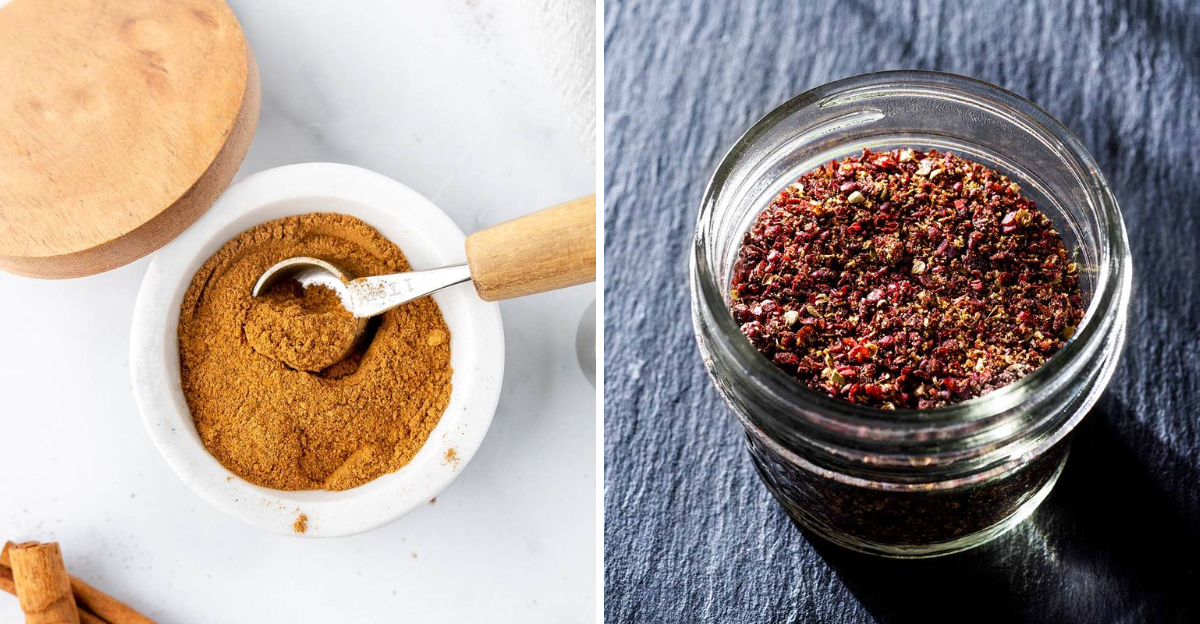
As the seasons shift, so does the availability and quality of various ingredients that can inspire variations in the kitchen. From traditional staples to unexpected finds, these changes encourage us to experiment with flavors and textures that suit the time of year. This guide highlights 13 ingredients, featuring both conventional picks and offbeat options that refresh your culinary repertoire.
1. Pumpkin

Pumpkins are a versatile ingredient that shines during autumn. This bright orange gourd is packed with nutrients and can transform both sweet and savory dishes. From classic pumpkin pies to spiced soups, its creamy texture and mild sweetness make it a kitchen favorite. As leaves turn golden, pumpkins add a splash of color and warmth to our meals. Try roasting them with herbs for a flavorful side, or blending them into a smooth puree for sauces and desserts. With its ability to pair with various spices, pumpkin embodies the essence of fall cooking, bringing comfort and nostalgia to the table.
2. Black Garlic
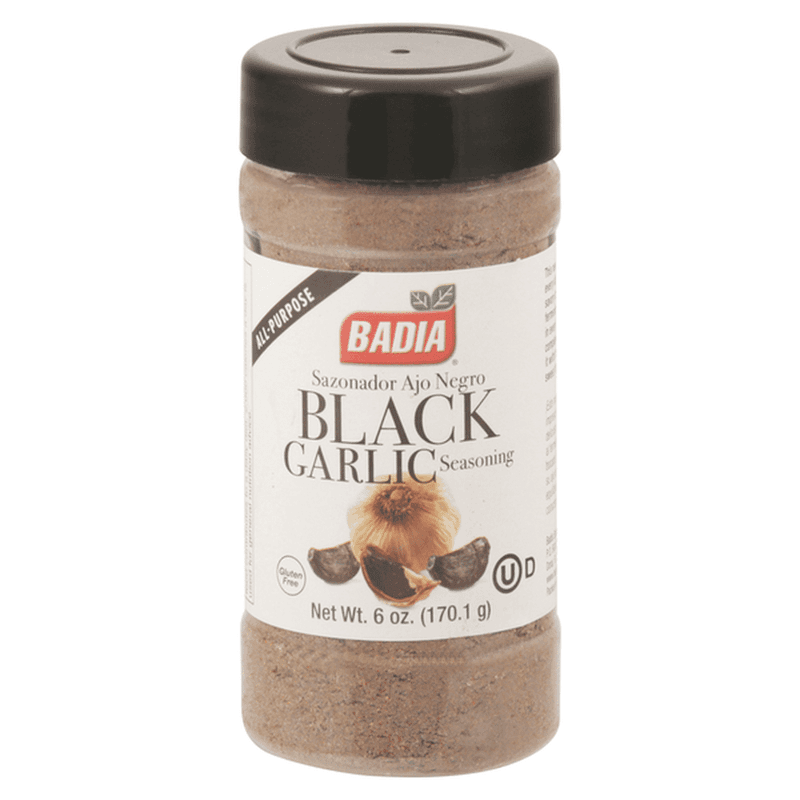
Black garlic might sound exotic, but it’s simply regular garlic that’s been aged well. Through a special fermentation process, it develops a rich, sweet flavor reminiscent of vinegar. This ingredient is making waves in modern kitchens, adding depth to dishes that demand a touch. As it gracefully enhances flavors, black garlic can be used in sauces, marinades, or even mashed into potatoes. Its intriguing appearance and complex taste profile make it an exciting choice for adventurous cooks. Whether you’re a fan or a first-time trier, incorporating black garlic into meals is sure to pique curiosity and taste.
3. Dragon Fruit
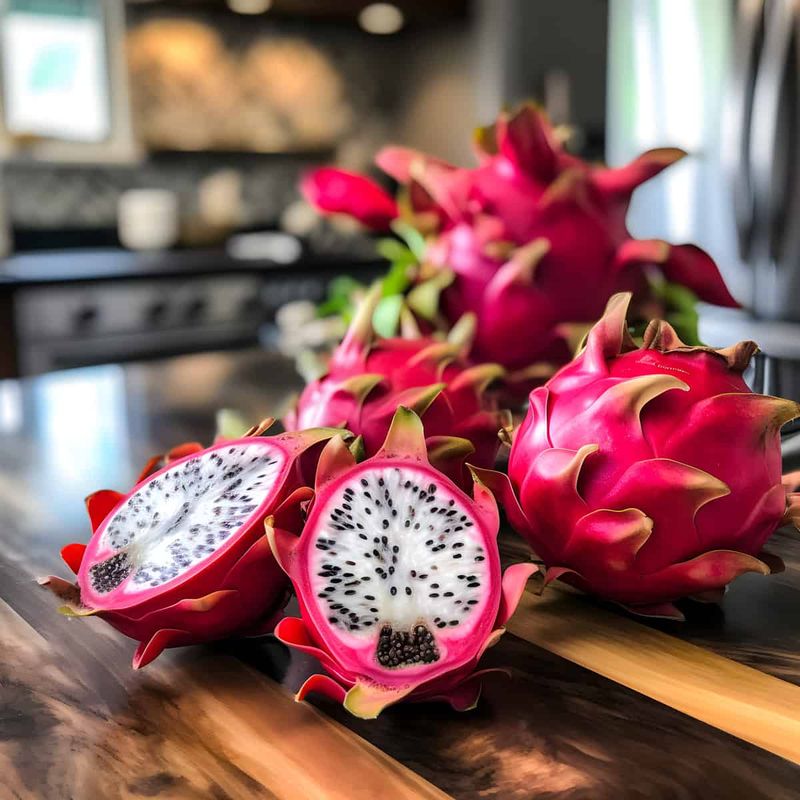
Dragon fruit is not only appealing but also a refreshing ingredient to explore during the warmer months. With its sweet, slightly tangy flavor and texture, it can enhance simple dishes into extraordinary experiences. This tropical fruit pairs well with both sweet and savory flavors, making it a versatile addition to salads, smoothies, and desserts. Its vivid pink skin and speckled flesh make a beautiful presentation, enticing even the pickiest eaters. As temperatures rise, dragon fruit offers a cooling effect, suitable for light, refreshing meals. Incorporate it into your summer repertoire and enjoy its exotic charm and taste.
4. Fiddlehead Ferns
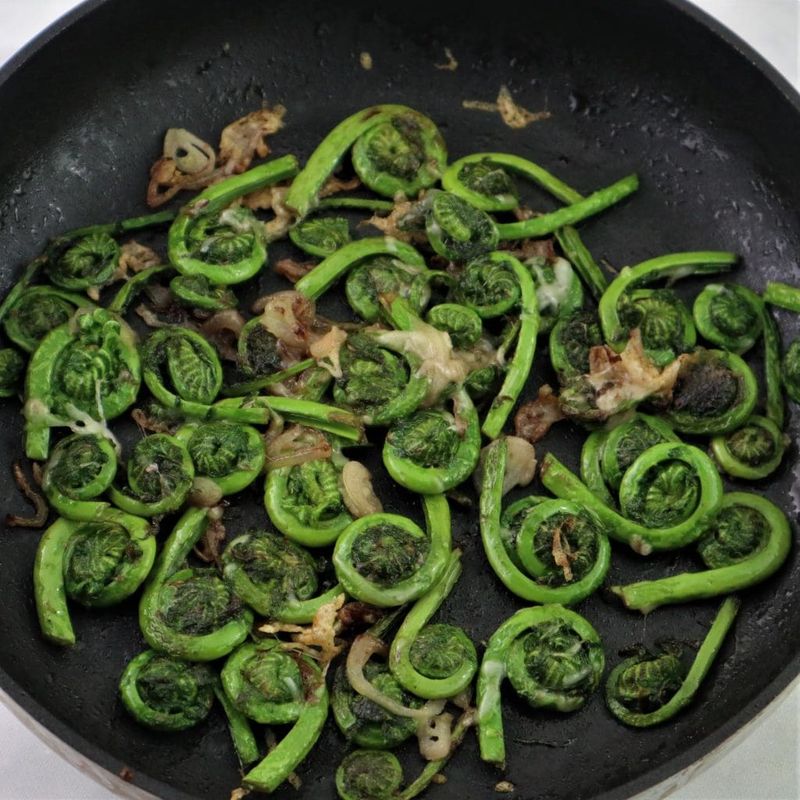
Fiddlehead ferns offer a taste of spring with their crisp texture and earthy flavor. These young, coiled fern fronds are a seasonal delicacy that can be cooked, steamed, or even pickled. As they emerge in the wild, fiddlehead ferns invite us to embrace the changing seasons and explore their culinary potential. Their nutty taste complements a variety of dishes, from stir-fries to soups. Foraging for fiddleheads can be a rewarding experience, bringing a touch of nature to the kitchen. Experiment with these greens and discover their contribution to springtime cooking.
5. Sumac
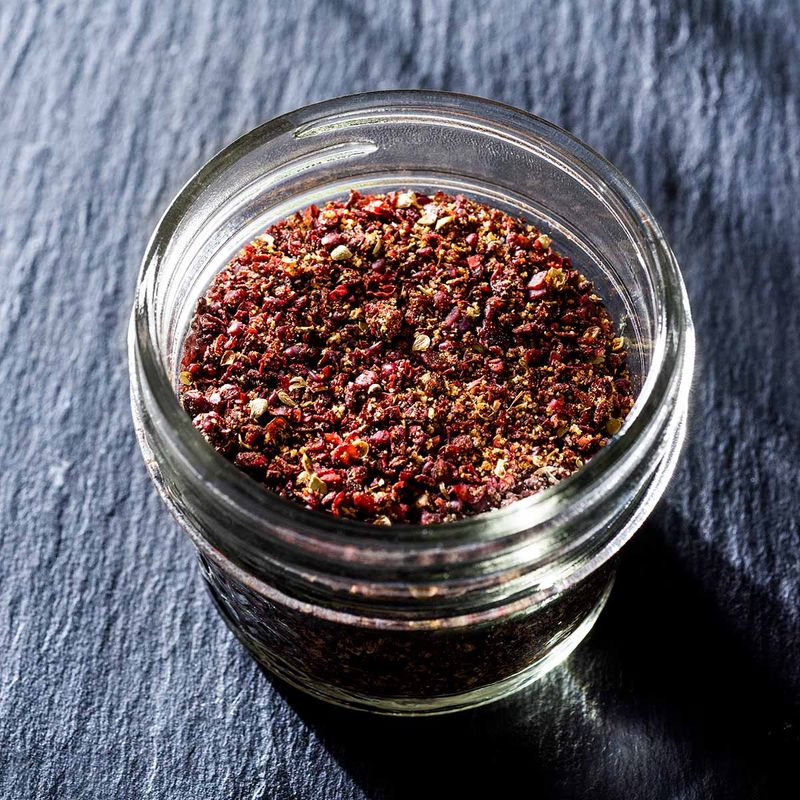
Sumac, a tangy spice from the Middle East, brings a zing of flavor to a variety of dishes. Its red hue and lemony taste make it a favorite for seasoning meats, salads, and even desserts. As an ingredient, sumac invites experimentation enhancing flavors with its flavor twist. Sprinkle it over roasted vegetables or mix it into dressings for a refreshing kick. With its versatile nature, sumac adapts to both traditional and innovative recipes. For those looking to add a touch of the exotic to their kitchen, sumac offers an exciting and flavorful path to explore.
6. Salsify

Salsify, often referred to as the ‘oyster plant,’ is a root vegetable with a subtle, slightly oyster-like flavor. This ingredient is gaining popularity in kitchens for its versatility and intriguing taste. It can be roasted, mashed, or even added to soups and stews. As a lesser-known root vegetable, salsify invites culinary exploration and variations. Its creamy texture and mild flavor make it a nice addition to various dishes, especially during the colder months. For those seeking to expand their vegetable repertoire, salsify offers an opportunity to discover a hidden gem of root vegetables.
7. Sea Beans
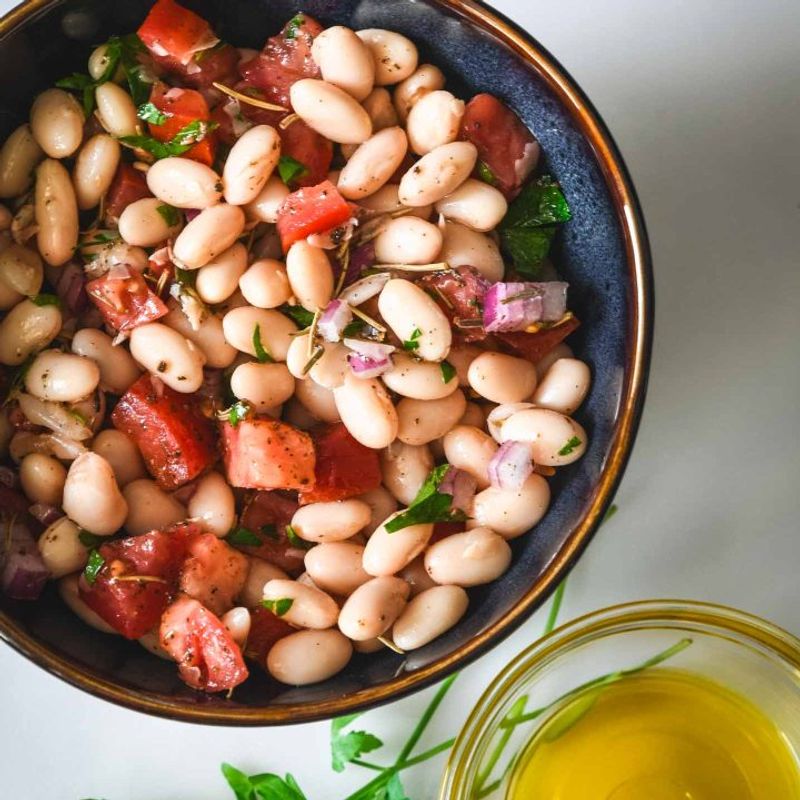
Sea beans, also known as samphire, are a coastal vegetable that thrives in salty environments. With their crisp texture and briny taste, they make addition to dishes, especially seafood. As an ingredient, sea beans bring a taste of the ocean to the table, enhancing flavors with their natural salinity. They can be blanched, cooked, or even used raw in salads. This coastal vegetable offers a refreshing change from traditional greens, inviting culinary adventurers to explore its potential. Whether you’re a seafood lover or simply curious, sea beans offer a delicious and intriguing way to incorporate the sea into your cooking.
8. Rhubarb

Rhubarb is a springtime favorite, known for its tart flavor and distinctive color. While often paired with strawberries in desserts, rhubarb’s versatility extends beside the sweet realm. It can be used in savory dishes, chutneys, and sauces, adding a tangy kick to meals. As the weather warms, rhubarb’s refreshing taste becomes a sought-after ingredient in kitchens. Its bright red stalks and flavor profile make it a standout choice for those looking to experiment. Whether baked into pies or cooked down into compotes, rhubarb brings a twist to seasonal cooking, inviting us to enjoy the flavors of spring.
9. Quince
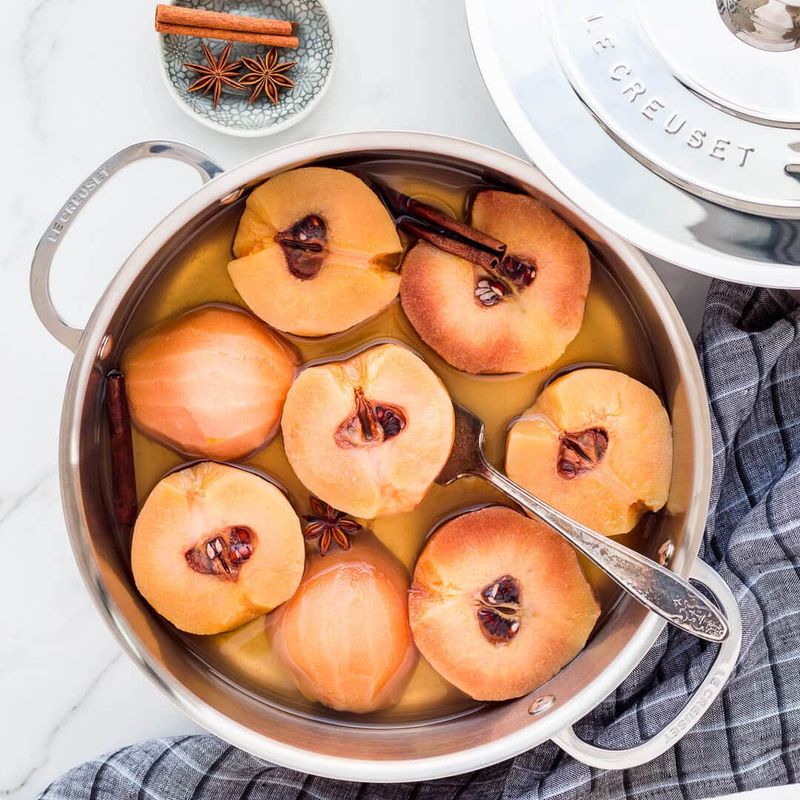
Quince, with its bright yellow skin and fragrance, is an autumnal gem. Often overlooked, this fruit requires a bit of cooking to release its full potential, turning from hard and astringent to soft and aromatic. Suitable for jellies, jams, and baked preparatons, quince adds a floral sweetness that can’t be matched. As the air turns crisp, try poaching quince with spices for a comforting dessert.
10. Kumquats

Kumquats, small citrus fruits with a sweet skin and tart flesh, offer a burst of flavor that invigorates dishes. These tiny fruits are used whole, adding a combination of sweetness and tanginess to recipes. As a seasonal ingredient, kumquats bring a zesty brightness to both sweet and savory dishes. They can be added to salads, or used in sauces for meats. Their color and distinctive taste make kumquats addition to any culinary adventure. Kumquats encourage cooks to experiment with new flavors and textures, infusing meals with citrusy charm.
11. Nasturtium Leaves
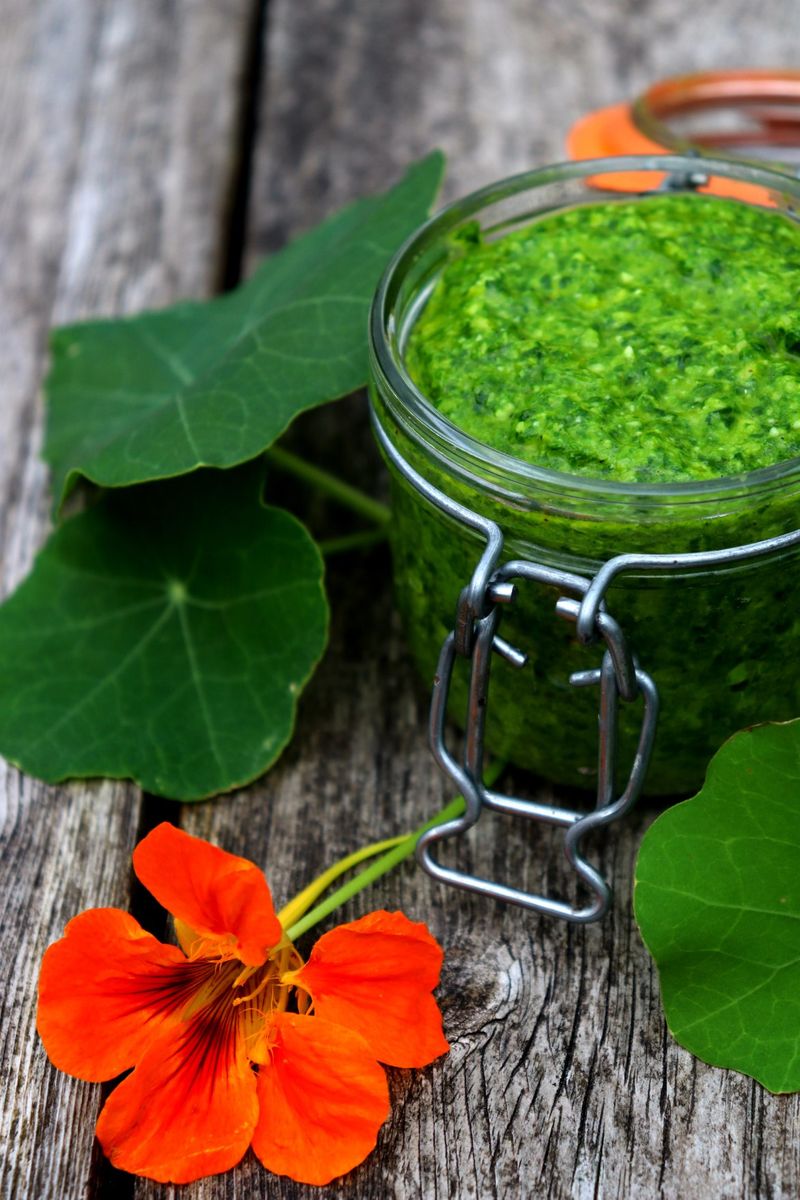
Nasturtium leaves, known for their peppery flavor, bring twist to salads and garnishes. These edible leaves offer a burst of spice that complements a variety of dishes. As an ingredient, nasturtium leaves adding a fresh element to meals. Their slightly spicy taste and attractive appearance make them a popular choice for chefs and home cooks alike. Whether tossed into salads or used as a decorative garnish, nasturtium leaves provide contrast to milder ingredients. Their ability to enhance simple dishes with their bold flavor makes them a valuable addition to the kitchen.
12. Yuzu
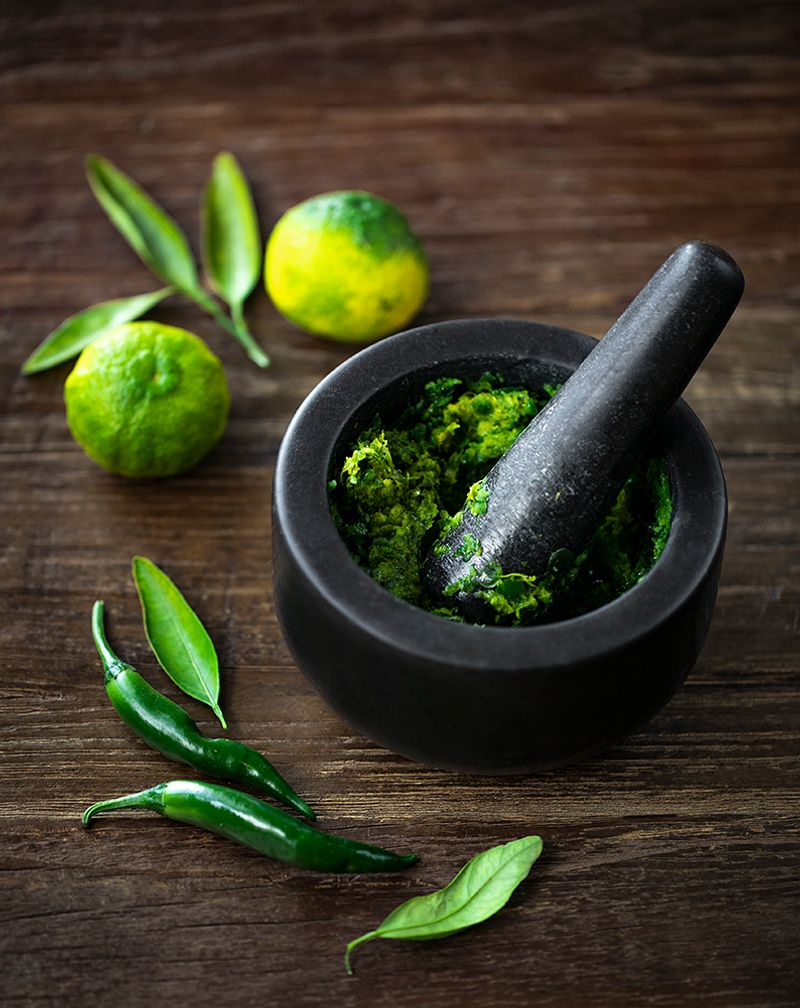
Yuzu, a citrus fruit from Japan, offers a fragrant and tart flavor that enhances a range of dishes. Its aromatic zest and juice are used in both traditional and modern recipes, adding a refreshing twist to flavors. As an ingredient, yuzu invites experimentation, allowing cooks to explore its taste in dressings, sauces, and desserts. Its distinctive citrus profile adds a bright note to meals, making it a sought-after ingredient in kitchens around the world. From classic Japanese dishes to contemporary culinary options, yuzu’s versatility taste make it a known among chefs and food enthusiasts alike.
13. Celeriac
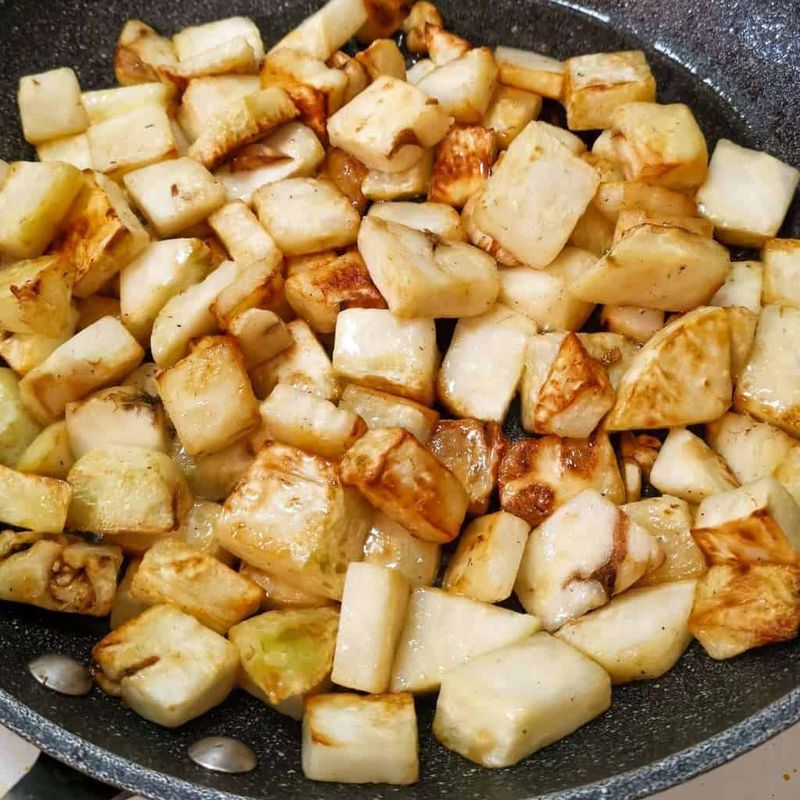
Celeriac, also known as celery root, is a versatile vegetable with a subtle, earthy flavor. Its knobby appearance may seem intimidating, but beneath its rough exterior lies a deliciously tender interior. As an ingredient, celeriac offers a twist on classic root vegetables, with its creamy texture and mild taste. It can be mashed, roasted, or turned into a smooth soup, providing comfort and warmth during cooler months. Celeriac’s adaptability makes it a valuable addition to the kitchen, encouraging cooks to venture beside the usual potatoes or carrots. For those interested in exploring new roots, celeriac offers a enjoyable culinary journey.
